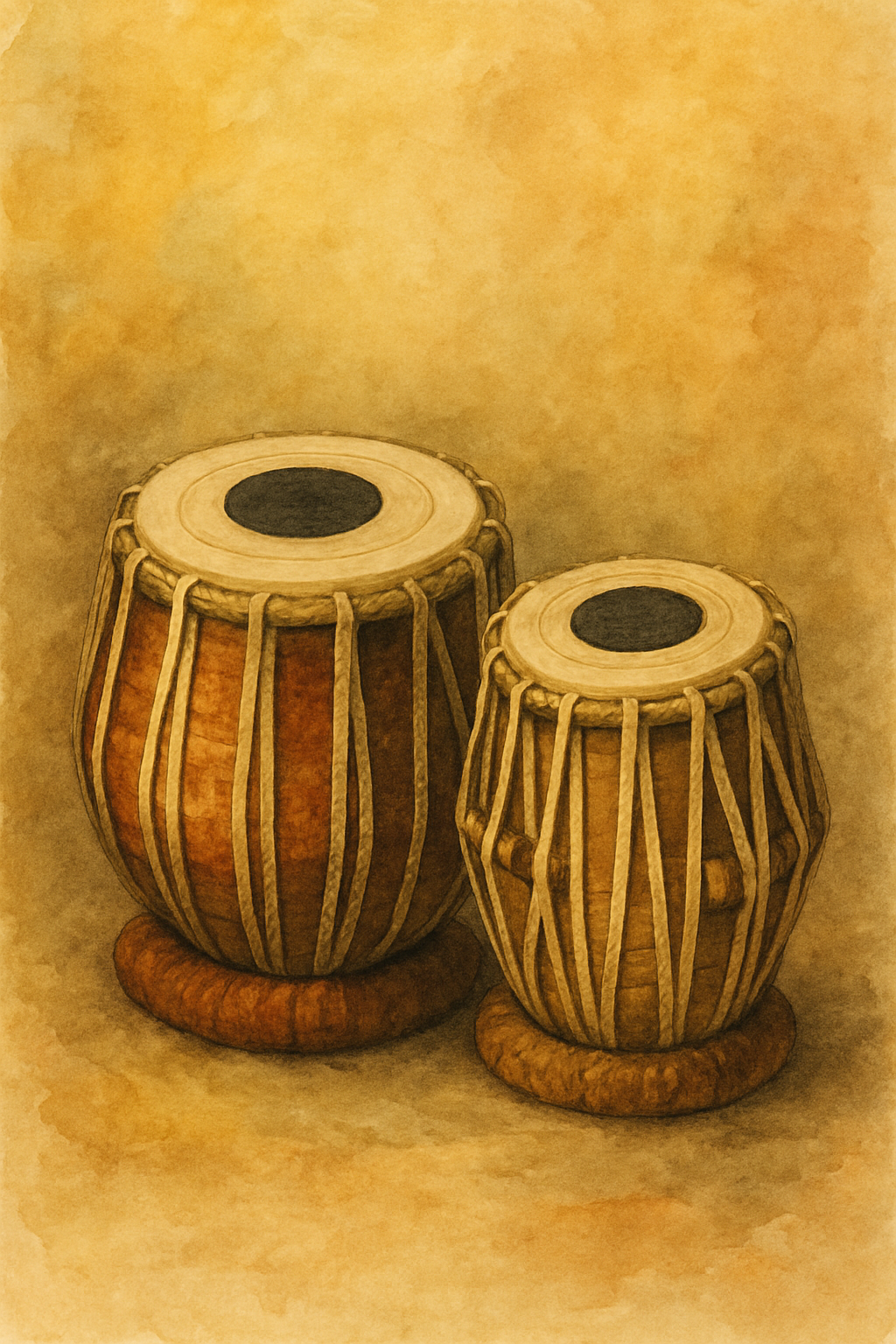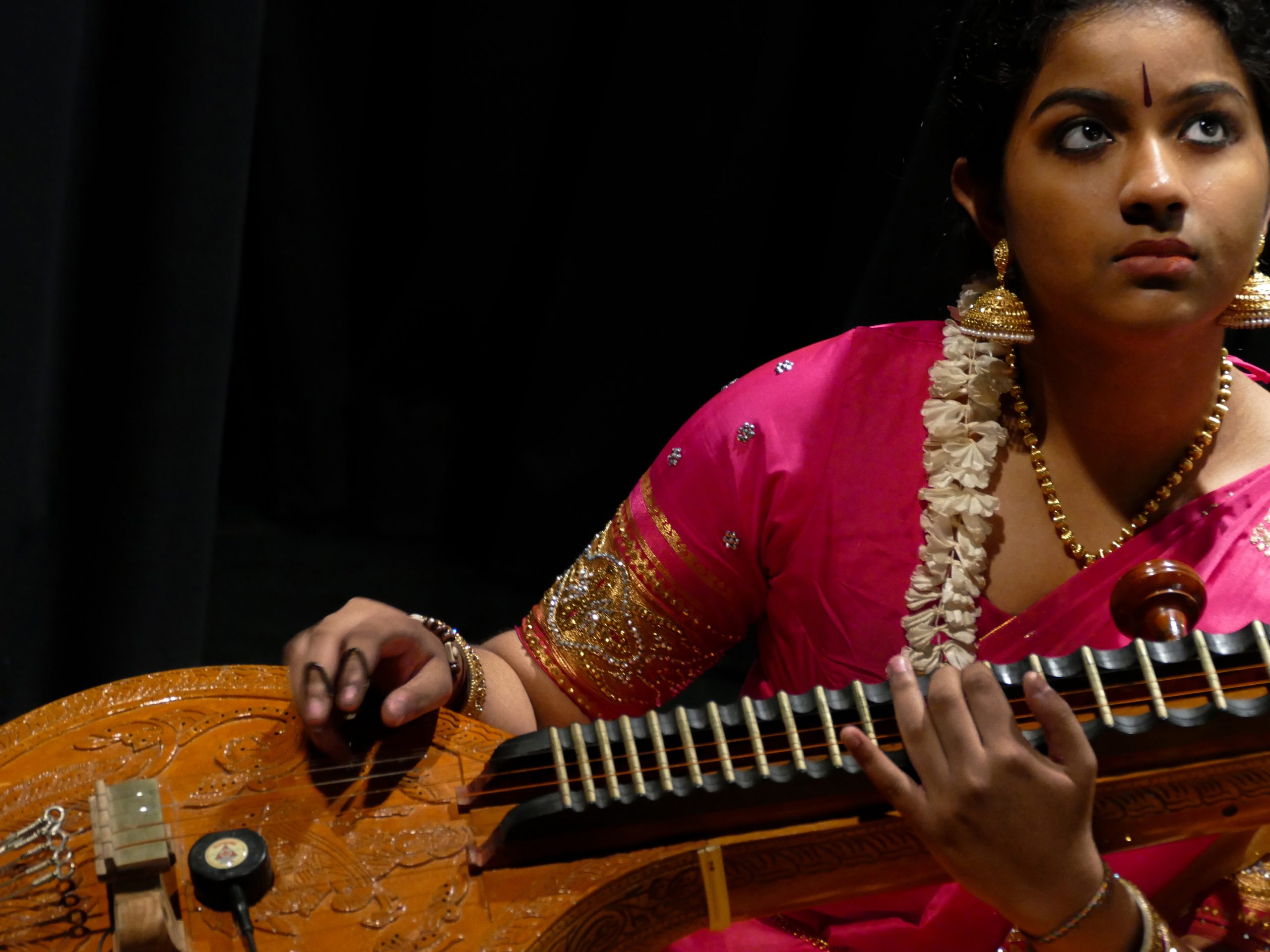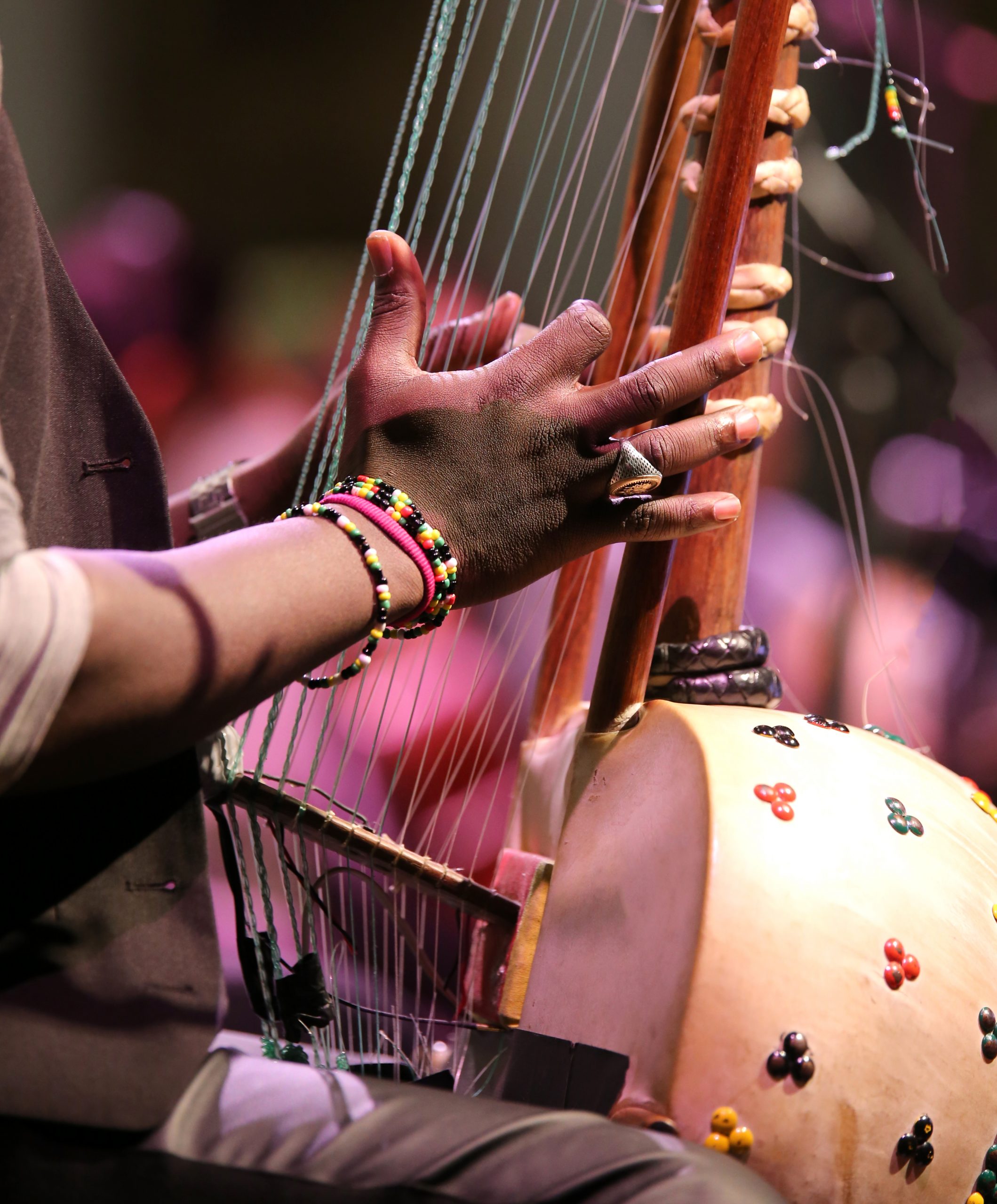When you think of Indian classical music, the resonant beats of the tabla inevitably come to mind. This iconic percussion instrument, rich in history and expressive in sound, is much more than just an accompaniment — it’s a voice of its own, capable of conveying a wide spectrum of emotions through rhythm and nuance.
A Brief History of the Tabla
The origins of the tabla are both fascinating and somewhat debated among scholars. Some theories trace its development to the ancient Indian drums like the pakhawaj and mridangam, while others suggest that the tabla evolved during the medieval period under the influence of Persian and Mughal musical traditions. Regardless of its exact origins, the tabla emerged as a central instrument in Indian classical music by the 18th century, finding a place both in Hindustani (North Indian) music and various forms of folk and devotional music.
Anatomy of the Tabla
The tabla consists of two drums:
- Dayan (Right Drum): Typically made of wood (often shisham or teak), the dayan is tuned to the tonic note of the music being performed. It produces sharper, clearer sounds.
- Bayan (Left Drum): Made of metal (copper, brass, or sometimes clay), the bayan has a deeper, bass-heavy sound. Skilled players can manipulate its pitch dynamically by applying pressure with the palm.
Each drumhead is crafted with layers of animal hide, meticulously placed to create a sensitive, responsive surface. The black circle in the center of the drumheads, known as the syahi, is critical in producing the tabla’s unique tonal richness.
The Language of Tabla: Bols
One of the most fascinating aspects of tabla is its vocabulary of sounds called “bols”. Each stroke or combination of strokes has a corresponding syllable — like Dha, Na, Tin, Tun, and many more. These bols allow performers to “speak” rhythms before playing them, creating an intricate dialogue between the artist and the audience.
This system makes tabla both a rhythmic and a linguistic art form, where compositions (known as kaidas, gats, relas, etc.) are taught and transmitted orally before being practiced on the instrument.
Tabla in Performance
In a typical Indian classical performance, the tabla provides the tala (rhythmic cycle) that underpins the melodic improvisations of the main artist, whether a vocalist or an instrumentalist. However, the tabla player is far from a passive accompanist. Through complex improvisations and rhythmic dialogues (called sawal-jawab), tabla players often engage in thrilling exchanges with soloists, raising the energy of the performance to exhilarating heights.
Solo tabla concerts, featuring masterful improvisations across various taals (rhythmic cycles like Teentaal, Ektaal, Jhaptaal), are a spectacular showcase of technical prowess and emotional expression.
Notable Tabla Maestros
Over the decades, the tabla has been elevated by the genius of many legendary players:
- Ustad Zakir Hussain: A global ambassador for tabla, known for his virtuosity and innovation.
- Pandit Kishan Maharaj: Renowned for his powerful playing and intricate compositions.
- Ustad Alla Rakha: Known for his collaborations with sitar maestro Ravi Shankar and introducing tabla to global audiences.
- Pandit Swapan Chaudhuri, Anindo Chatterjee, and many others continue to enrich the tradition.
Conclusion: The Ever-Resonating Heartbeat
The tabla is not merely an instrument; it is the heartbeat of Indian classical music, embodying centuries of cultural evolution, rhythmic wisdom, and creative dialogue. Whether accompanying a soulful raga or dazzling audiences in a solo, the tabla remains a timeless symbol of India’s rich musical heritage.
As you listen to the hypnotic beats of the tabla, you’re not just hearing rhythm — you’re feeling the pulse of a civilization, speaking directly to your soul.



